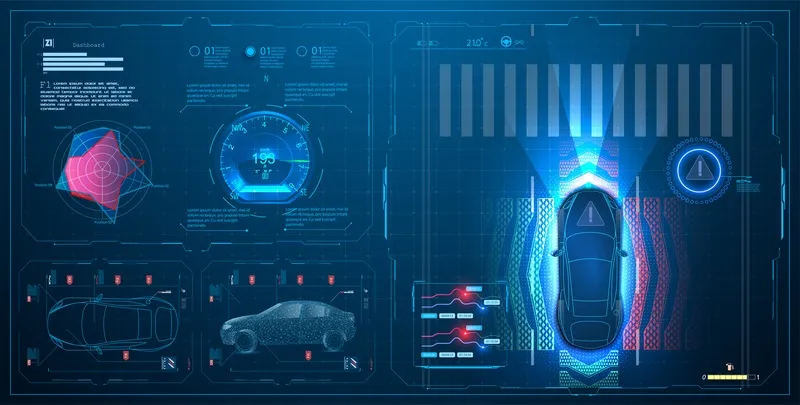After reaching an all-time high in 2015, consumer interest in autonomous driving systems has fallen in 2016, reflecting hesitance about the reliance of self-driving technology, according to a recent survey from the In-Vehicle UX (IVX) group at Strategy Analytics.
Strategy Analytics surveyed consumers in the US, Western Europe, and China regarding their interest and willingness to pay for advanced driver assistance systems (ADAS).
According to the report, Consumer Interest in Advanced Safety Features Cools in Europe and US, consumer interest in a variety of advanced driver assistance systems (ADAS) has fallen from 2015, though willingness to pay for certain systems like blind spot detection remains strong at low price points.
Derek Viita, senior analyst and report author, commented that although advanced safety systems are spreading into more models, and media coverage of self-driving systems is becoming more widespread, "general consumer interest in many ADAS features has hit a roadblock. Media stories of consumers complaining about (and even deactivating) features such as lane departure warning are clearly having a negative impact."
Chris Schreiner, director of IVX, added, "Our research on autonomous parking and driving systems shows that these features are riddled with poor HMI and in some cases add minimal value for the driver. The decrease in consumer interest for these features suggests that the word is getting out, and early implementations of these features are not meeting consumer expectations."
Consumers ‘showing less interest in autonomous driving systems’
After reaching an all-time high in 2015, consumer interest in autonomous driving systems has fallen in 2016, reflecting hesitance about the reliance of self-driving technology, according to a recent survey from the In-Vehicle UX (IVX) group at Strategy Analytics.
September 16, 2016
Read time: 2 mins









